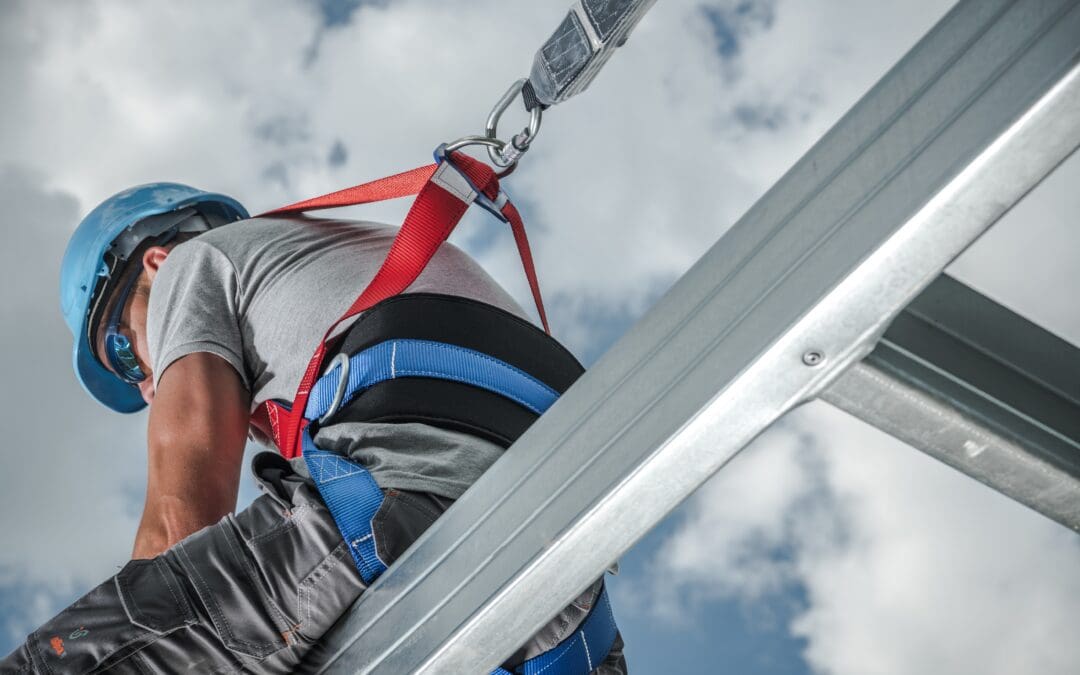Roofing work inherently involves risks due to heights and the nature of the tasks involved. Without adequate precautions, these tasks can pose serious risks to workers’ safety and even lead to property damage. Therefore, adopting proper safety practices is essential to prevent accidents and ensure the job gets done efficiently. In this blog post, we’ll explore key safety practices that contractors should prioritize to maintain safety during roofing work.
Use of Proper Equipment
One of the fundamental safety measures in roofing maintenance is the use of appropriate equipment. This includes harnesses, safety ropes, and non-slip footwear. Harnesses are particularly crucial for anyone working at heights, as they provide a reliable means of fall protection. Ensuring that all equipment is in good condition and meets safety standards is essential to minimize risks.
Here’s where you can find the right equipment
- Harnesses – Phakimisa Industries cc
- Safety Ropes – Lift Tech
- Non-Slip Footwear – G.Fox & ServMi Ink Complete Corporate Solutions
DISCLAIMER: Choice of suppliers at own risk.
Implement a Buddy System
Implementing a buddy system is another effective way to enhance safety during roofing maintenance. Having at least two people present during the work allows for immediate assistance in case of emergencies. This system ensures that someone is always available to provide aid, reducing the likelihood of accidents going unnoticed.
Secure Tools and Equipment
Securing tools and equipment properly is often overlooked but is critical in preventing accidents. Tools left unsecured can fall off the roof, posing risks to workers below and increasing the chances of damage to the property. Using tool belts, tethering tools, or using buckets with secure lids can significantly reduce these risks.
In conclusion, adopting safety practices not only protects workers but also benefits homeowners alike. Contractors who prioritize safety reduce the likelihood of workplace accidents, leading to fewer insurance claims and improved reputations. For homeowners, investing in safety measures ensures that roofing maintenance is performed efficiently and with minimal risk to their property.
A safer work environment leads to better productivity, reduced downtime due to accidents, and most importantly, ensures that everyone involved returns home safely at the end of the day.

